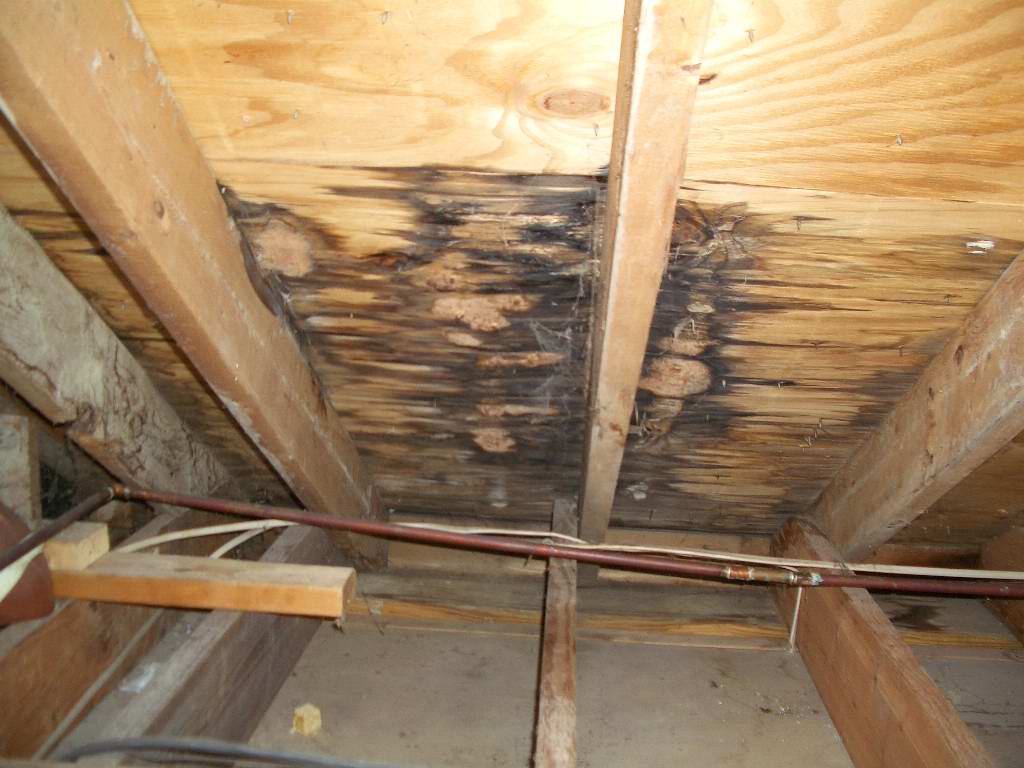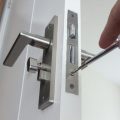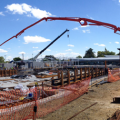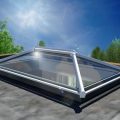You may have a breach in your roof, undetected, for months during dry weather. But that breach can turn into a full-blown leak during a rainstorm. If it’s a heavy rainstorm, a lot of damage can be done before you’ve located the actual leak itself. If there is heavy runoff, water can begin to seep through that existing hidden breach. Water will continue to drip onto the ceiling, causing major damage to drywall that by now has become quite saturated. If nothing is done quickly, that compromised drywall may crumble. Locating where a leak has occurred can be time-consuming, but you’ll need to find it, then staunch the dripping so that repairs can be made quickly.

Locating the source of the leak
You’ll have to enter the attic, provided you have access, and remove the insulation from the damp ceiling drywall. Next, use a sponge to absorb any standing water. You should place a stretch of plywood across the joists, placing a bucket on the plywood to collect the dripping water. Do not place the bucket directly on the drywall, because as the bucket fills with water it may fall through the drywall.
Once you’ve found the leak, follow the water trail back to the point where it has entered the roof. It’s possible for the source of the leak to be far from where it is dripping onto the ceiling. It’s common practice to trace the water leak’s path along a rafter, but water can often follow the underside of the roof deck.
Once you’ve found the point of entry, you should make a temporary patch using roofing tar and a piece of shingle or plywood. Use a trowel to scoop the roofing tar directly into the leak you’ve discovered on the underside of the roof deck, aided by a putty knife. You should then press the shingle or plywood into the tar, then trowel additional roofing tar around the edges of the patch.
While you’re still in the attic, measure the distance of the leak from the gable and from the ridge using a tape measure. Obviously, you’ll need to wait until the rain lets up before attempting to climb onto the roof. When it’s safe to do so, be sure to wear rubber-soled shoes before you go on the roof. Once you are safely on the roof measure the dimensions you noted while in the attic to determine where the leak originated. When you’ve matched the dimensions, fortify the undersides of the shingles or plywood near the area of the leak with more roofing tar.
Taking these precautions and affecting simple repairs will go a long way in keeping your property from sustaining further damage when inclement weather returns.
If you are experiencing water damage please contact San Diego Water Damage Repair Experts to help you with the mitigation and repairs.































